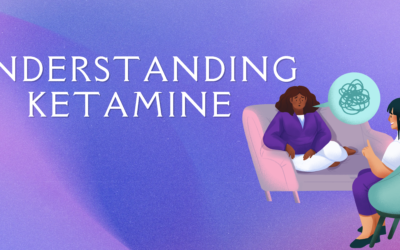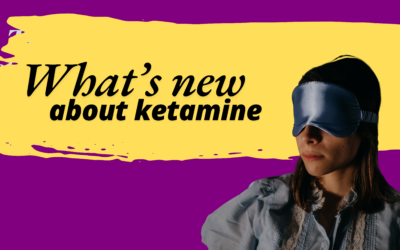Background on Ketamine
Current Clinical Uses of Ketamine
Safety and Side Effects
While ketamine shows promise, it is essential to consider the safety profile and potential side effects. Common side effects include dissociation, hallucinations, increased blood pressure, and nausea. Most side effects are transient; however, there are concerns about the potential for abuse and dependence, particularly in recreational settings. Continuous monitoring and appropriate screening are crucial when administering ketamine for therapeutic purposes.
Future Directions
Conclusion
Ketamine represents a significant advancement in the treatment of several challenging conditions, particularly treatment-resistant depression and chronic pain. Its ability to provide rapid relief has opened new avenues in psychiatric and pain management care. However, as interest grows, so too does the need for rigorous research and appropriate regulation to mitigate risks associated with its use. With ongoing studies and increasing clinical adoption, ketamine may continue to reshape the landscape of modern medicine, offering hope to many patients where traditional therapies have failed.
Understanding Ketamine
Understanding Ketamine: A Revolutionary Treatment for Depression and Beyond In recent years, ketamine has gained significant attention in the medical community, particularly for its promising applications in treating depression, anxiety, and other mental health...
Unpacking Its Transformative Role in Mental Health
Ketamine, originally developed as an anesthetic in the 1960s, has garnered significant attention in recent years for its potential benefits in treating various mental health conditions. This powerful drug, once primarily associated with recreational use and...
Whats new about Ketamine
Once known primarily as an anesthetic and a party drug, ketamine is now gaining significant attention in the medical community for its potential therapeutic applications, particularly in treating mental health conditions. Recent research has focused on its effects on...




